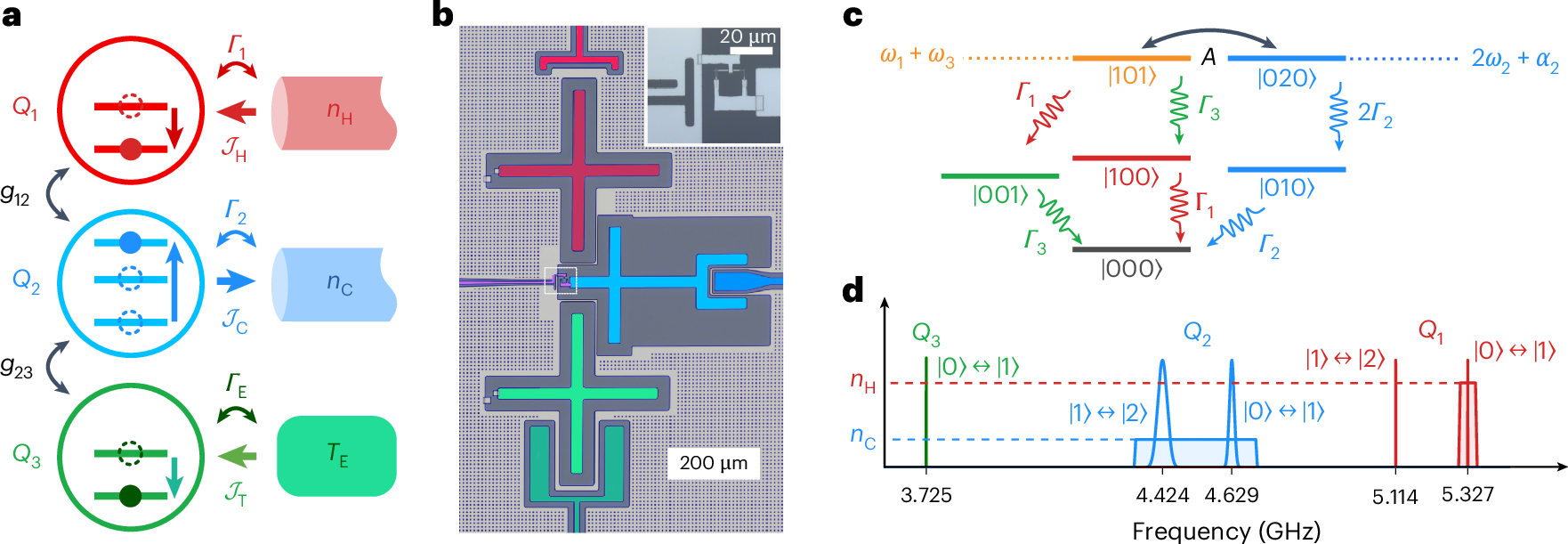2025-01-09 アルゴンヌ国立研究所 (ANL)
<関連情報>
- https://www.anl.gov/article/international-team-analyzes-the-universes-first-light-at-south-pole-telescope
- https://arxiv.org/abs/2411.06000v2
2019-2020年SPT-3G偏光データを用いたCMBレンズとDelensed EEパワースペクトルからの宇宙論 Cosmology From CMB Lensing and Delensed EE Power Spectra Using 2019-2020 SPT-3G Polarization Data
F. Ge, M. Millea, E. Camphuis, C. Daley, N. Huang, Y. Omori, W. Quan, E. Anderes, A. J. Anderson, B. Ansarinejad, M. Archipley, L. Balkenhol, K. Benabed, A. N. Bender, B. A. Benson, F. Bianchini, L. E. Bleem, F. R. Bouchet, L. Bryant, J. E. Carlstrom, C. L. Chang, P. Chaubal, G. Chen, P. M. Chichura, A. Chokshi, T.-L. Chou, A. Coerver, T. M. Crawford, T. de Haan, K. R. Dibert, M. A. Dobbs, M. Doohan, A. Doussot, D. Dutcher, W. Everett, C. Feng, K. R. Ferguson, K. Fichman, A. Foster, S. Galli, A. E. Gambrel, R. W. Gardner, N. Goeckner-Wald, R. Gualtieri, F. Guidi, S. Guns, N. W. Halverson, E. Hivon, G. P. Holder, W. L. Holzapfel, J. C. Hood, D. Howe, A. Hryciuk, F. Kéruzoré, A. R. Khalife, L. Knox, M. Korman, K. Kornoelje, C.-L. Kuo, A. T. Lee, K. Levy, A. E. Lowitz, C. Lu, A. Maniyar, E. S. Martsen, F. Menanteau, J. Montgomery, Y. Nakato, T. Natoli, G. I. Noble, Z. Pan, P. Paschos, K. A. Phadke, A. W. Pollak, K. Prabhu, M. Rahimi, A. Rahlin, C. L. Reichardt, D. Riebel, M. Rouble, J. E. Ruhl, E. Schiappucci, J. A. Sobrin, A. A. Stark, J. Stephen, C. Tandoi, B. Thorne, C. Trendafilova, C. Umilta, J. D. Vieira, A. Vitrier, Y. Wan, N. Whitehorn, W. L. K. Wu, M. R. Young, J. A. Zebrowski
arXiv latest version 25 Nov 2024 (v2)
DOI:https://doi.org/10.48550/arXiv.2411.06000

Abstract
From CMB polarization data alone we reconstruct the CMB lensing power spectrum, comparable in overall constraining power to previous temperature-based reconstructions, and an unlensed E-mode power spectrum. The observations, taken in 2019 and 2020 with the South Pole Telescope (SPT) and the SPT-3G camera, cover 1500 deg2 at 95, 150, and 220 GHz with arcminute resolution and roughly 4.9μK-arcmin coadded noise in polarization. The power spectrum estimates, together with systematic parameter estimates and a joint covariance matrix, follow from a Bayesian analysis using the Marginal Unbiased Score Expansion (MUSE) method. The E-mode spectrum at ℓ>2000 and lensing spectrum at L>350 are the most precise to date. Assuming the ΛCDM model, and using only these SPT data and priors on τ and absolute calibration from Planck, we find H0=66.81±0.81 km/s/Mpc, comparable in precision to the Planck determination and in 5.4σ tension with the most precise H0 inference derived via the distance ladder. We also find S8=0.850±0.017, providing further independent evidence of a slight tension with low-redshift structure probes. The ΛCDM model provides a good simultaneous fit to the combined Planck, ACT, and SPT data, and thus passes a powerful test. Combining these CMB datasets with BAO observations, we find that the effective number of neutrino species, spatial curvature, and primordial helium fraction are consistent with standard model values, and that the 95% confidence upper limit on the neutrino mass sum is 0.075 eV. The SPT data are consistent with the somewhat weak preference for excess lensing power seen in Planck and ACT data relative to predictions of the ΛCDM model. We also detect at greater than 3σ the influence of non-linear evolution in the CMB lensing power spectrum and discuss it in the context of the S8 tension.(abridged)


